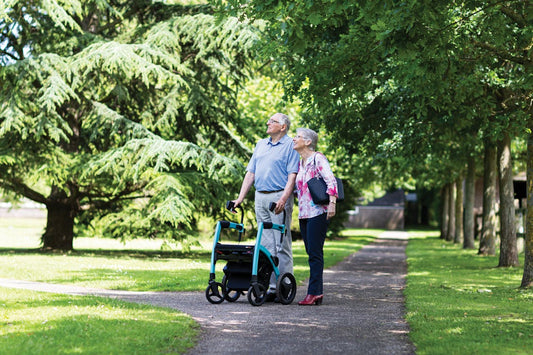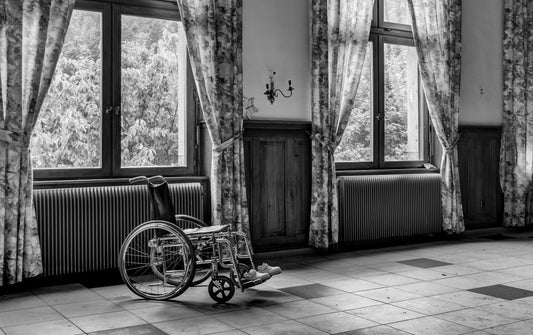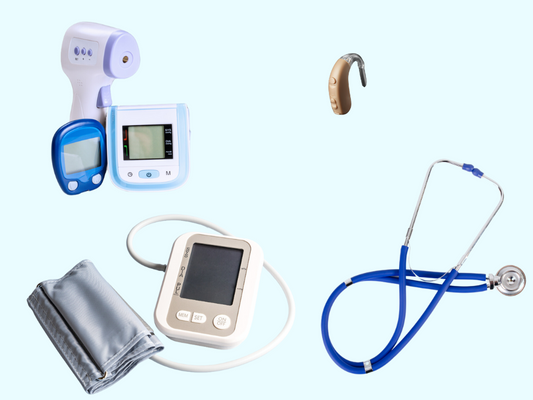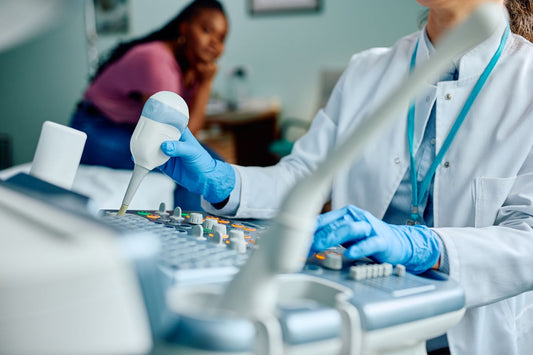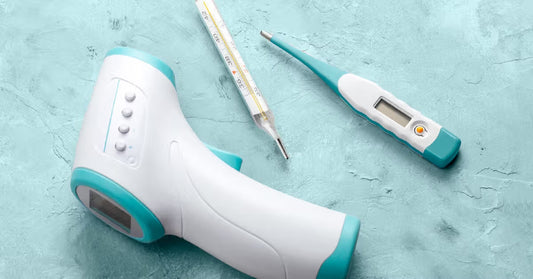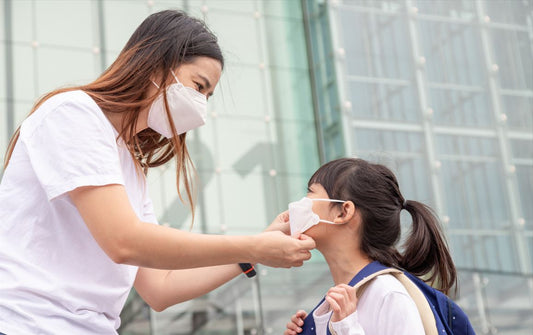
Maintenance and Replacement of Respirator Cartridges and Filters
Respirator cartridges and filters are like superheroes that keep workers safe from inhaling harmful stuff in the air. But, just like how superheroes need to be in good shape to save the day, these components need to be well-maintained. To ensure effective performance, these components also require regular replacement.
In this article, we’ll dive into why keeping them in tip-top shape is crucial and how often to replace them. We’ll also share some tips on how to store them properly so they last longer. Let’s dive in!
Importance of Regular Maintenance and Replacement of Respirator Cartridges and Filters
Protecting workers from nasty stuff floating around in the air is super important. But respirator cartridges and filters can only work in good condition. If they’re dirty or damaged, they won’t be able to catch those yucky contaminants. Hence, it could put workers in danger. That’s why it’s crucial to teach workers how to properly use respirator cartridges and filters, monitor them regularly, and swap them out when needed.
How Often to Replace Respirator Cartridges and Filters
The frequency of switching out your respirator cartridges and filters depends on several factors, such as the level and duration of exposure to harmful substances. It also depends on your respirator, including the types of respirator cartridges and filters employed. As a rule of thumb, though, you should replace your cartridges every 40 hours of use or 30 days (whichever comes first). Also, replacing the filters every 8 hours of use or 30 days is recommended.
But these are just general guidelines! You’ll want to check the manufacturer’s recommendations and inspect your gear regularly to see if it’s time for a swap. And if your respirator filters or cartridges get damaged, clogged, or start feeling hard to breathe through, don’t wait! Replace them ASAP to stay safe and healthy.
Tips For Storing Respirator Cartridges And Filters Properly To Prolong Their Lifespan
- Keep them in a sealed container: Once you’ve opened up your respirator cartridges and filters, it’s best to keep them in a sealed container. You may use plastic bags or airtight containers to prevent contact with contaminants.
- Keep them away from electromagnetic fields: Try not to store them near any sources of electromagnetic fields, like radios or microwaves, since they can mess with the effectiveness of the filters.
- Do not store them in extreme temperatures: Do not store them in areas that are too hot or cold, as extreme temperatures can damage them.
- Store them away from pets and children: To avoid any potential harm, you must be careful not to put them near pets or children. So they don’t damage them or ingest them accidentally.
- Rotate them regularly: If you have multiple sets of respirator cartridges and filters, it is recommended that you rotate them regularly. It will help ensure that you use up the ones expiring soonest and avoid wasting any of them.
If you need replacement cartridges and filters, we recommend checking out 3M respirator cartridges and filters.
Common mistakes to avoid when using respirator cartridges and filters
When using respirator cartridges and filters, it’s important to avoid certain mistakes to ensure their effectiveness and your safety. Here are some common mistakes to avoid:
- Choosing the wrong cartridge/filter for the hazard.
- Using expired cartridges/filters.
- Improperly storing cartridges/filters.
- Not performing fit testing before use.
- Not performing a user seal check before each use.
- Removing the respirator too soon.
- Not properly disposing of used cartridges/filters.
Conclusion
In conclusion, properly using respirator cartridges and filters is crucial to protect yourself from harmful substances. With the steps outlined in this article and avoiding certain mistakes, you can ensure the effectiveness of your respirator and maintain a safe working environment.
